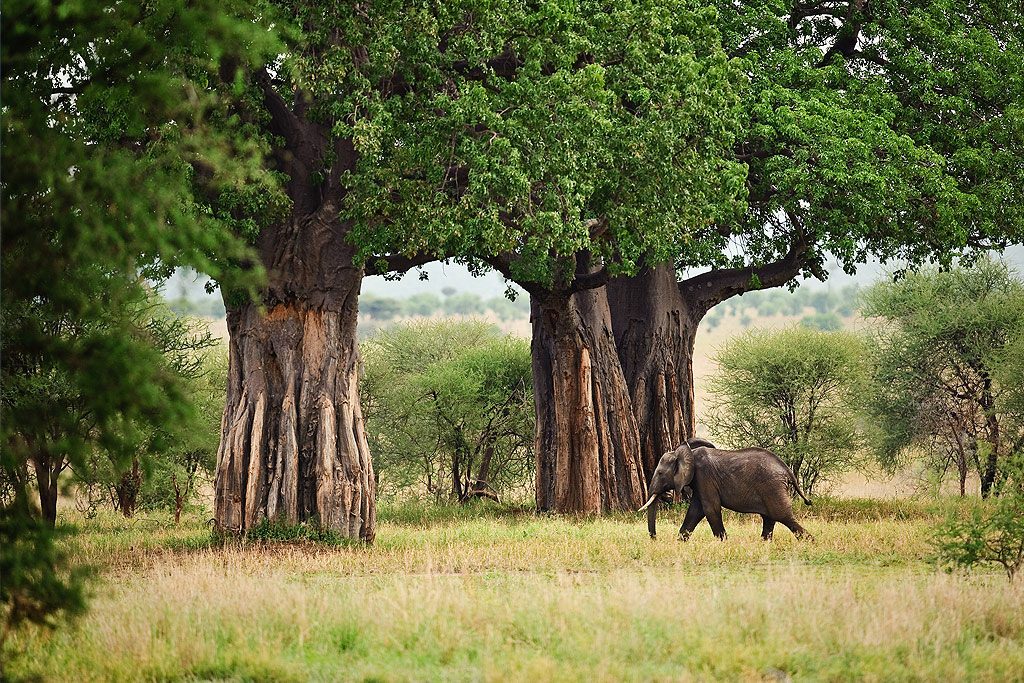
Tarangire National Park Overview
Tarangire National Park is a renowned wildlife conservation area located in northern Tanzania. Established in 1970, the park covers an area of approximately 2,850 square kilometers and is part of the larger ecosystem that includes the Manyara Region. It is named after the Tarangire River, which flows through the park and serves as a vital water source for the diverse array of wildlife that inhabits the region.
The park is celebrated for its distinctive landscape, characterized by vast grasslands, acacia woodlands, and the iconic baobab trees that dot the scenery. During the dry season, Tarangire becomes a haven for wildlife as animals congregate around the river in search of water, offering visitors unparalleled opportunities for game viewing.
Tarangire National Park is renowned for its high concentration of elephants, often hosting large herds that roam freely within its boundaries. Other notable species found in the park include lions, leopards, cheetahs, giraffes, zebras, wildebeests, and various antelope species. The birdlife in Tarangire is also diverse, making it a paradise for bird enthusiasts.
The park’s relative proximity to the northern safari circuit, including popular destinations like the Serengeti and Ngorongoro Crater, makes it a convenient and complementary stop for those exploring Tanzania’s rich wildlife offerings. Tarangire National Park provides a unique and immersive safari experience, allowing visitors to witness the breathtaking beauty of African wildlife in a picturesque and less-crowded setting.

